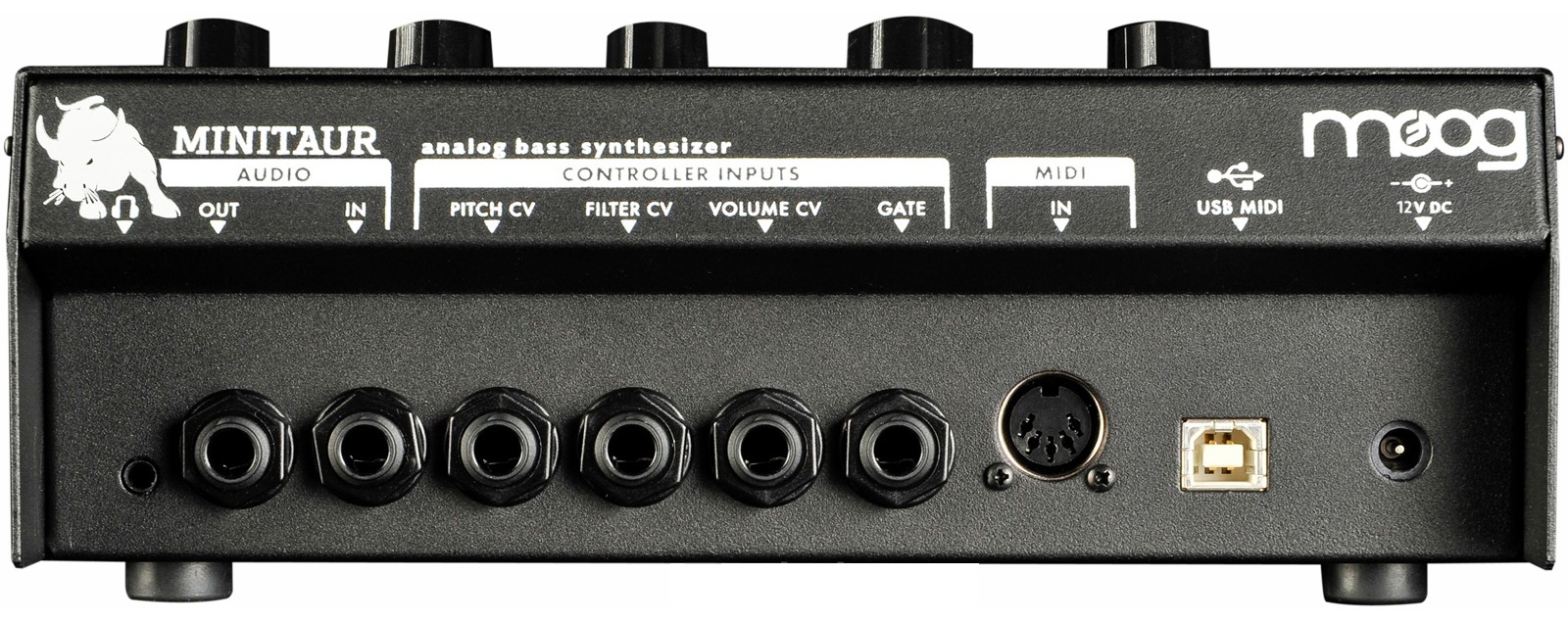
Use the editor to adjust the minitaur's parameters. Pay attention not to drag the "Minitaur editor VI" which is the virtual instrument version of the same editor.Ħ. Drag and drop Minitaur Editor (found in FX browser) as an insert of this Audio Track. Create an Audio track (mono in this case) and select your audio interface input where you plugged in minitaur's output.ĥ. (this is where you place your midi notes events)Ĥ. Create an instrument track and select "Minitaur" (as named at step 1) in the output device menu.

Choose "Moog Minitaur Out" from the pull down menu of "Send to" (provided the driver is installed and Minitaur powered on)ģ.

Add an External Device/ New Instrument, and type in Minitaur in the device name boxĢ. It also comes with DIN MIDI and MIDI over USB for even more control options, as well as external audio input so you can process your own external audio through it's mixer and filters for even crazier bass combinations.1.

There is also a Moog Ladder Filter with adjustable resonance for old-school bass with impact, 2 Minimoog-style ASDSR Envelope Generators for VCF and VCA, MIDI-syncable LFO with control for Rate, VCO LFO and VCF LFO amount.

This rugged synthesizer features two oscillators with Sawtooth and Square wave-shapes for each VCO so you can recreate the sounds of the original Taurus, create new sounds with square waves or do a combination of both. Whether you're using it as part of your live rig or as extra weapon in your studio arsenal, the Minotaur, unlike it's legendary namesake, has a small footprint, measuring a mere 8.5" x 5.25". Part of the Taurus family of Moog instruments, this compact analog bass synthesizer provides you with all the growl, snarl and low end its siblings are known for in an uncomplicated one knob per function format. With Moog's Minotaur, you don't have to traverse a labyrinth to create analog bass sounds of mythical proportions. The word "mini" is in the name, but it's a beast for bass lovers.


 0 kommentar(er)
0 kommentar(er)
